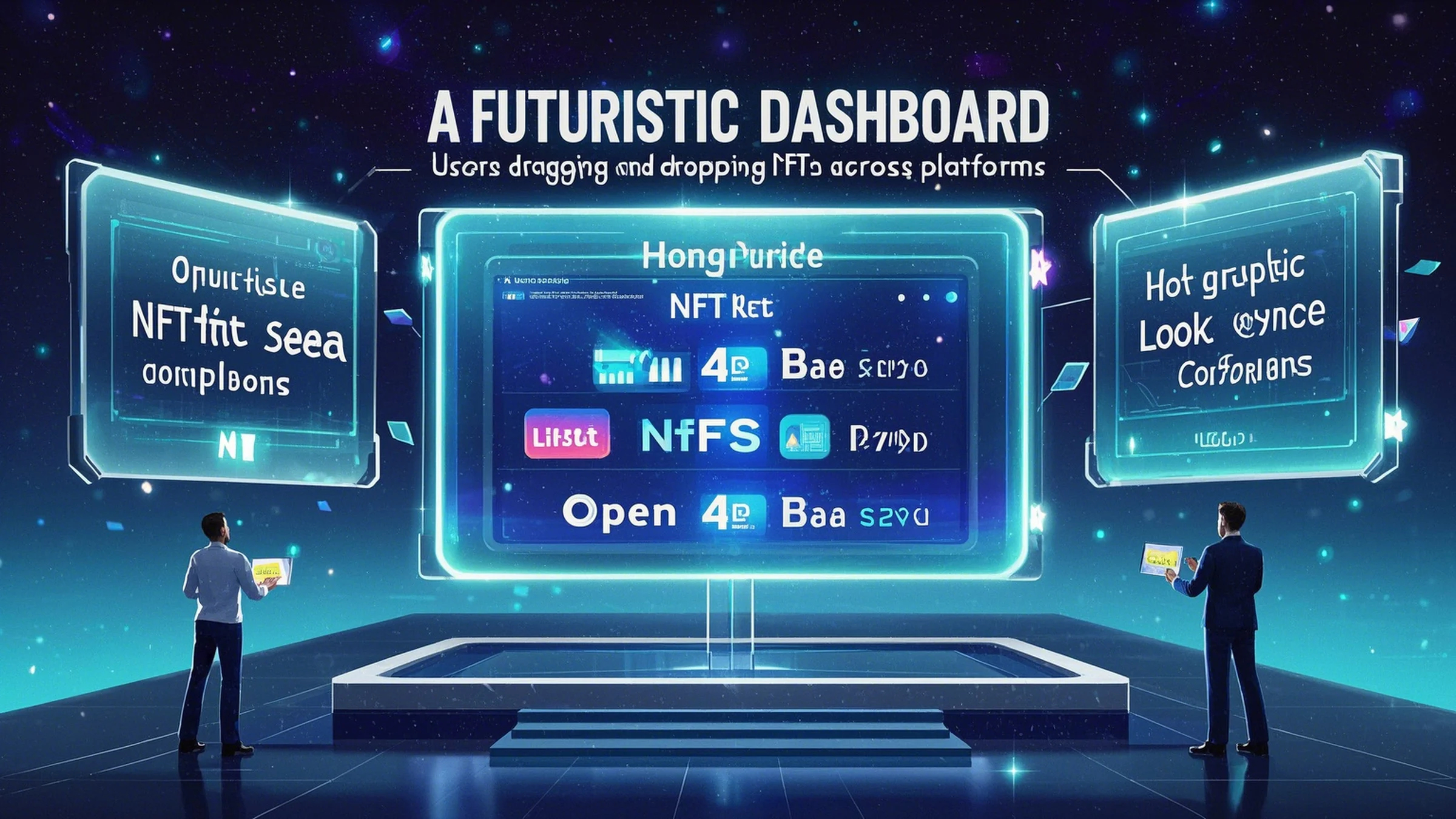When it comes to financing your small business, there are a variety of options available, each with its own set of benefits and drawbacks. Two of the most popular choices are SBA 7(a) Loans and Business Lines of Credit. Both are designed to provide businesses with the capital they need to grow, but they cater to different needs and circumstances.
In this article, we’ll break down the key differences between these two financing options, helping you determine which one aligns best with your business goals and financial situation. Let’s dive in.
What Are SBA 7(a) Loans?
The SBA 7(a) Loan is one of the most well-known loan programs offered by the Small Business Administration (SBA). These loans are designed to provide small businesses with long-term funding for a variety of purposes, including purchasing equipment, expanding operations, or even refinancing existing debt.
Key Features of SBA 7(a) Loans:
Loan Amounts: SBA 7(a) Loans offer loan amounts ranging from $50,000 to $5 million, making them suitable for businesses of various sizes.
Terms: These loans typically have terms ranging from 7 to 25 years, depending on the type of loan and the industry.
Interest Rates: SBA 7(a) Loans are available at fixed or variable interest rates, with rates generally being lower than those of traditional bank loans.
Repayment: Repayment is structured to be manageable for small businesses, with fixed payments over the term of the loan.
Benefits of SBA 7(a) Loans:
Low-Interest Rates: SBA loans are government-backed, which means they often come with lower interest rates compared to other financing options.
Flexible Use: The funds can be used for a wide range of business purposes, including working capital, equipment purchases, and real estate.
Long-Term Repayment: The longer repayment terms reduce the monthly payment burden, making it easier for businesses to manage their cash flow.
Drawbacks of SBA 7(a) Loans:
Lengthy Application Process: SBA loans are known for having a more extensive and time-consuming application process compared to other loan types.
Credit Requirements: While SBA loans are more lenient than traditional bank loans, they still require a solid credit history and a reasonable debt-to-equity ratio.
Limited Flexibility: Once the loan is approved and disbursed, the funds must be used for the purpose specified in the loan agreement.
What Are Business Lines of Credit?
A Business Line of Credit (LOC) is a type of credit extended to a business, allowing the business to borrow funds as needed up to a certain limit. It acts like a credit card for businesses, offering flexibility and convenience.
Key Features of Business Lines of Credit:
Credit Limit: The credit limit can range from a few thousand dollars to several hundred thousand, depending on the business’s financial health and the lender’s policies.
Repayment: Unlike loans, a LOC does not require you to repay the entire amount upfront. Instead, you can borrow, repay, and borrow again, up to the credit limit.
Interest Rates: Interest is only charged on the amount you borrow, and rates can be either fixed or variable.
Flexibility: Business LOCs are ideal for businesses that need access to funds on an as-needed basis, such as covering day-to-day expenses or taking advantage of unexpected opportunities.
Benefits of Business Lines of Credit:
Flexibility: You can borrow only what you need, when you need it, which helps you avoid overextending your business.
Quick Access: Once approved, you can access funds quickly, often within a few business days.
No Fixed Repayment Schedule: You only repay what you borrow, and there’s no set schedule for repayment.
Drawbacks of Business Lines of Credit:
Higher Interest Rates: Business LOCs often have higher interest rates compared to SBA loans, especially if the credit is unsecured.
Dependence on Cash Flow: If your business experiences a cash flow crunch, repaying the LOC can become challenging.
Limited Borrowing Power: The credit limit may not be sufficient for large-scale projects or long-term investments.
When to Choose SBA 7(a) Loans:
SBA 7(a) Loans are an excellent choice for businesses that need a significant amount of funding for long-term purposes. If you’re planning to purchase real estate, expand your operations, or refinance high-interest debt, an SBA loan could be the right fit.
Additionally, SBA loans are ideal for businesses that want fixed payments and a clear timeline for repayment. They’re also a good option if you’re looking for lower interest rates compared to other loan types.
When to Choose Business Lines of Credit:
If your business needs flexible funding for day-to-day operations or unexpected expenses, a Business Line of Credit is likely the better option. A LOC provides quick access to funds and allows you to borrow only what you need, which is especially useful for managing cash flow.
Furthermore, if you’re looking for a more straightforward application process and quicker access to funds, a LOC may be the way to go.
Now that we’ve covered the basics of SBA 7(a) Loans and Business Lines of Credit, let’s dive deeper into the key factors that can help you decide which option is best for your business.
1. Purpose of Funding
One of the most critical factors in choosing between an SBA loan and a LOC is the purpose of the funding.
SBA 7(a) Loans: These loans are ideal for businesses that need funds for long-term purposes, such as purchasing equipment, expanding facilities, or refinancing existing debt. If your business is looking to make significant investments or take on large-scale projects, an SBA loan provides the stability and security needed to see those projects through.
Business Lines of Credit: On the other hand, a LOC is better suited for businesses that need funds for short-term or recurring expenses, such as covering inventory costs, paying bills, or taking advantage of discounts on bulk purchases. If your business requires flexibility and the ability to borrow funds on an as-needed basis, a LOC is the more practical choice.
2. Repayment Terms
Another important consideration is the repayment structure of each financing option.
SBA 7(a) Loans: These loans come with fixed repayment terms, meaning you’ll make the same monthly payment for the entire duration of the loan. While this can be beneficial in budgeting and financial planning, it also means that you’re locked into a set payment schedule, regardless of your business’s cash flow fluctuations.
Business Lines of Credit: With a LOC, you have the flexibility to repay the funds as needed. You can choose to pay back the full amount immediately or spread out the repayments over time. This flexibility is particularly advantageous for businesses that experience seasonal fluctuations or unpredictable cash flow.
3. Interest Rates
Interest rates are a crucial factor when comparing any two financing options.
SBA 7(a) Loans: SBA loans are government-backed, which means they often come with lower interest rates compared to traditional bank loans. The exact rate you’ll receive depends on the current market rates, the term of the loan, and your business’s financial profile.
Business Lines of Credit: LOCs typically have higher interest rates compared to SBA loans. This is because lenders consider LOCs to be riskier than traditional loans, as they’re unsecured and can be drawn upon repeatedly. However, the interest is only charged on the amount you borrow, which can make it more cost-effective in some cases.
4. Application Process and Approval Time
The ease of the application process and the time it takes to receive approval are also important factors to consider.
SBA 7(a) Loans: The application process for an SBA loan is more involved and time-consuming compared to other loan types. You’ll need to provide extensive financial documentation, including tax returns, bank statements, and a detailed business plan. Additionally, SBA loans require a thorough review by the SBA and the lender, which can take several weeks or even months.
Business Lines of Credit: Applying for a LOC is generally quicker and less cumbersome. While you’ll still need to provide some financial information, the process is streamlined, and approval can often be obtained within a few days or weeks. This makes LOCs a more accessible option for businesses that need funds quickly.
5. Credit Requirements
Both financing options have specific credit requirements, but they differ in their approach.
SBA 7(a) Loans: SBA loans are designed to be more accessible to small businesses, but they still require a solid credit history and a reasonable debt-to-equity ratio. While they’re more lenient than traditional bank loans, you’ll still need to meet certain credit criteria to qualify.
Business Lines of Credit: LOCs typically require a good credit score and a history of managing credit responsibly. However, they’re generally more flexible in terms of approval criteria, especially for smaller businesses.
6. Long-Term vs. Short-Term Needs
Finally, it’s essential to consider whether your business has long-term or short-term financial needs.
SBA 7(a) Loans: These loans are ideal for businesses with long-term financial goals, such as expansion, real estate purchases, or equipment upgrades. They provide the stability and funding needed to execute these goals over an extended period.
Business Lines of Credit: If your business has fluctuating cash flow or unpredictable expenses, a LOC offers the flexibility to borrow and repay funds as needed. It’s perfect for managing day-to-day operations or taking advantage of opportunities that arise unexpectedly.
Choosing between an SBA 7(a) Loan and a Business Line of Credit depends on your business’s unique needs, goals, and financial situation. SBA loans are a great option for businesses that need long-term funding for significant investments, while LOCs provide the flexibility and convenience needed for short-term or recurring expenses.
Before making a decision, it’s crucial to evaluate your business’s financial requirements, repayment capacity, and long-term objectives. Additionally, consider consulting with a financial advisor or a lending expert to help you make the best choice for your business.
By understanding the differences between these two financing options, you can make an informed decision that aligns with your business’s needs and sets you on the path to success.





